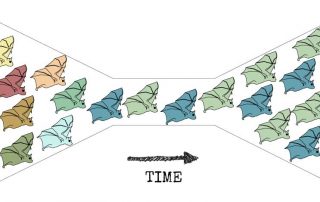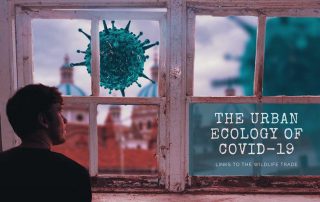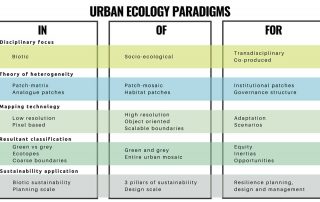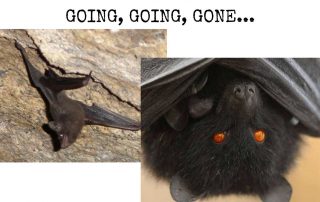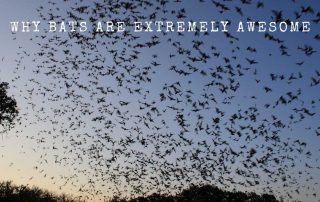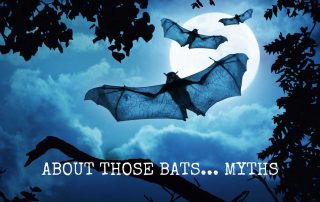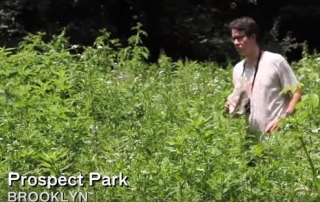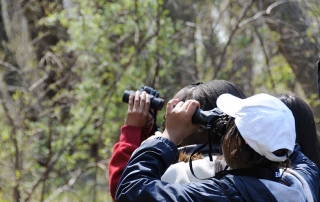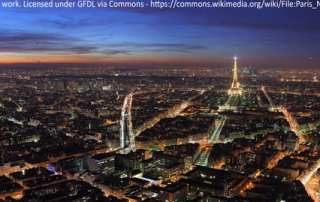The genetic side effects of urbanisation
For humans, urbanisation has generally been beneficial. Cities are often where people find better access to clean water and sanitation, better housing, employment and opportunities for education - hence extensive rural to urban migration. For other species, the effects of urbanisation are mixed, and many urban ecologists have characterised species according to how successful [...]

